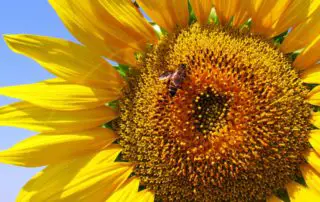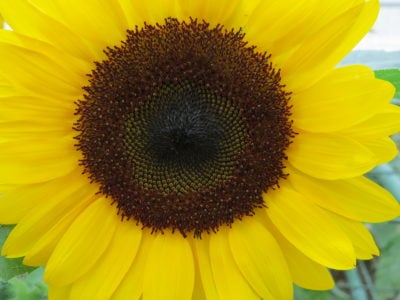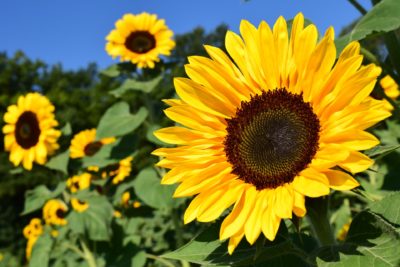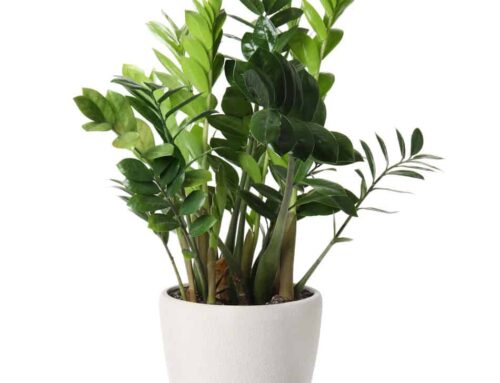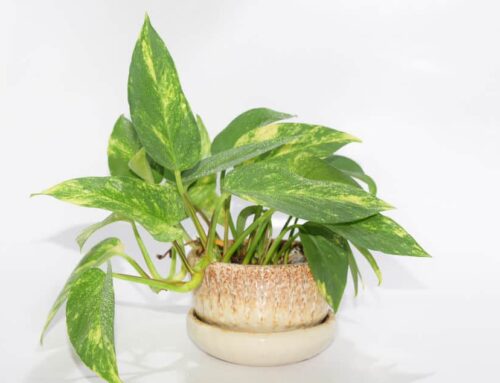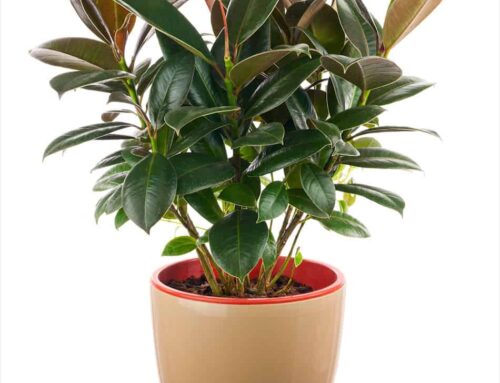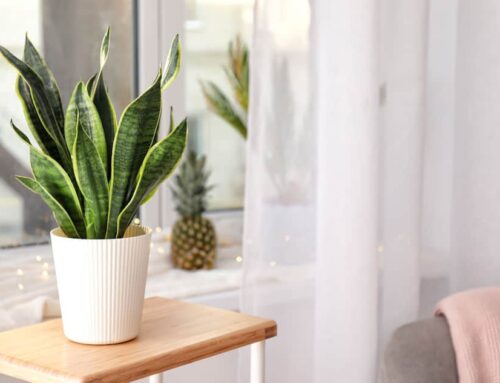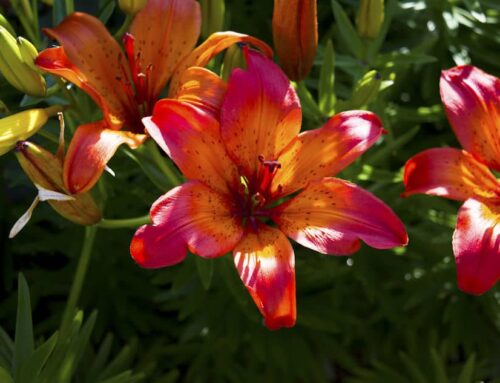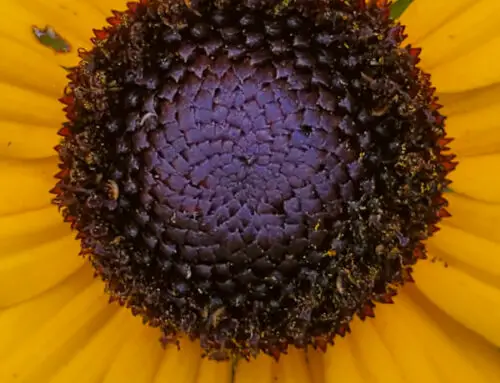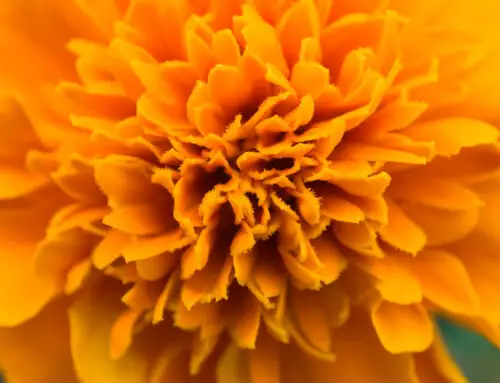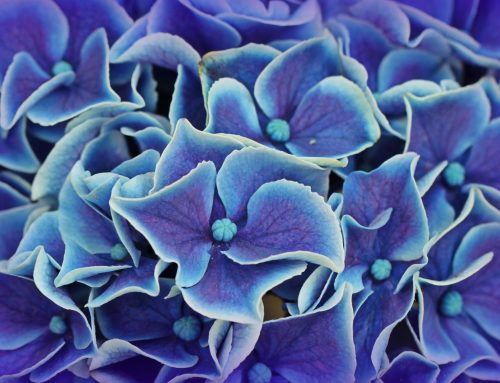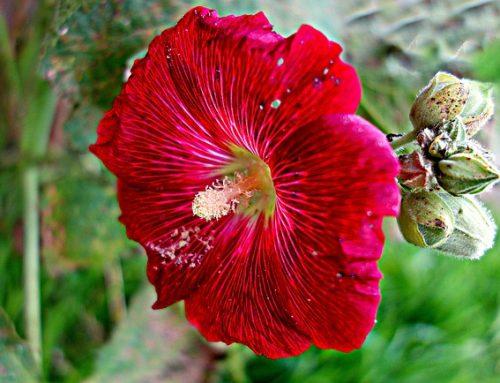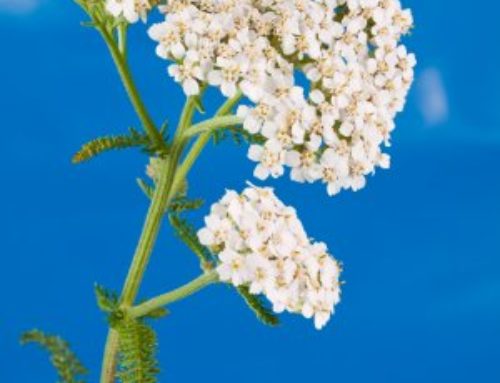Sunflower (Helianthus annus)
The sunflower can be spotted in yards and gardens across the United States. Growing sunflowers is simply as easy as sowing seeds and these beauties can make a stunning addition to gardens without being time and labor intensive.
- Scientific Name: Helianthus annus
- Life cycle: Annual
- Soil pH: 6.0 – 7.5
- Plant hardiness: All USDA zones
- Light requirements: Full sun
- Water requirements: Low
- Fertilizer demand: Low
- Planting date: After last spring frost
- Flowering season: Summer
- Height: Up to 16’
- Colors: Yellow
- Pests: Birds, squirrels, mildews, rusts
- Propagation: Seed
Sunflower Care
Sunflowers are summer flowers that grow in all USDA hardiness zones as long as they are planted in full sun locations. They need a minimum of 6-8 hours of direct sun every day. The blossoms will “turn” to face the sun as it travels across the sky and can cast large shadows due to their size.
With this in mind, it’s best when growing sunflowers to plant them on the north side of vegetable gardens so they don’t shade out smaller plants.
They thrive in a variety of soil conditions but prefer loose, well-drained soil. This allows their long tap roots to stretch out and help anchor the top heavy plants. Sunflowers thrive in soils that are slightly acidic or slightly alkaline – with a pH ranging from 6.0 – 7.5 – which allows them to grow across so many hardiness zones.
They grow best from seed, begin planting sunflower seeds after the danger of frost has passed. If possible, work the seed bed really well in a 2 – 3’ diameter around where seeds will be planted and to a depth of 2’. This will prevent the soil from being too compact and encourage the spread of roots. Work a balanced, slow release fertilizer into the top 8” of soil and then plant seeds about 1” deep spacing then 6” apart.
After plants have germinated, water seedlings regularly at the root zone, about 3 – 4” from the stem of the plant. When the plants have established themselves well, switch to a more infrequent watering schedule to encourage deep rooting.
Sunflowers are drought tolerant and love the hot, summer sun, but they will benefit from a weekly watering from the time the flowers develop until they bloom. Adding a couple inches of mulch around the base of established plants will keep weeds down and also help retain soil moisture. Fertilizing sparingly to keep growth controlled; this prevents stems from breaking in the fall causing plants to topple over.
A full grown sunflower plant can range in size from a couple of feet tall (dwarf varieties) to towering heights of 16 feet. Their flower heads can span from a few inches across to almost a foot in diameter.
Due to the height of plants and the size of the flower heads, it may be necessary to help support established plants. This can be done with stakes or even simply tying them to a fence or other supportive structure.
Sunflower Pests
Sunflowers are typically resistant to most insect pests. Their seed-filled flower heads will attract birds and squirrels as the season progresses. If you have no intent on harvesting the seed then there’s no need to protect the plants from these nuisance animals.
But if you want to use the seeds put some barrier methods in place to keep animals from snacking. Home and garden centers – as well as online retailers – sell polyspun garden fleece that can be used to cover flower heads and protect them.
Periodically plants fall prey to mildew or rusts. Cultural methods are the most effective ways to prevent and/or control these diseases: keeping the garden bed weed free, allowing good air circulation around the base of plants, and watering early in the morning.
If the mildew or rust is caught early an application of a garden fungicide can protect the healthy, uninfected foliage; heavily infected plants should be removed and discarded to prevent the spread of disease to other garden specimens.
Sunflowers make a fantastic, cheery addition to any garden space. Needing minimal care in terms of watering and fertilizing they grow to stunning heights and produce dinner plate sized flower heads.




